Which of the following species will have intramolecular hydrogen bonding ?
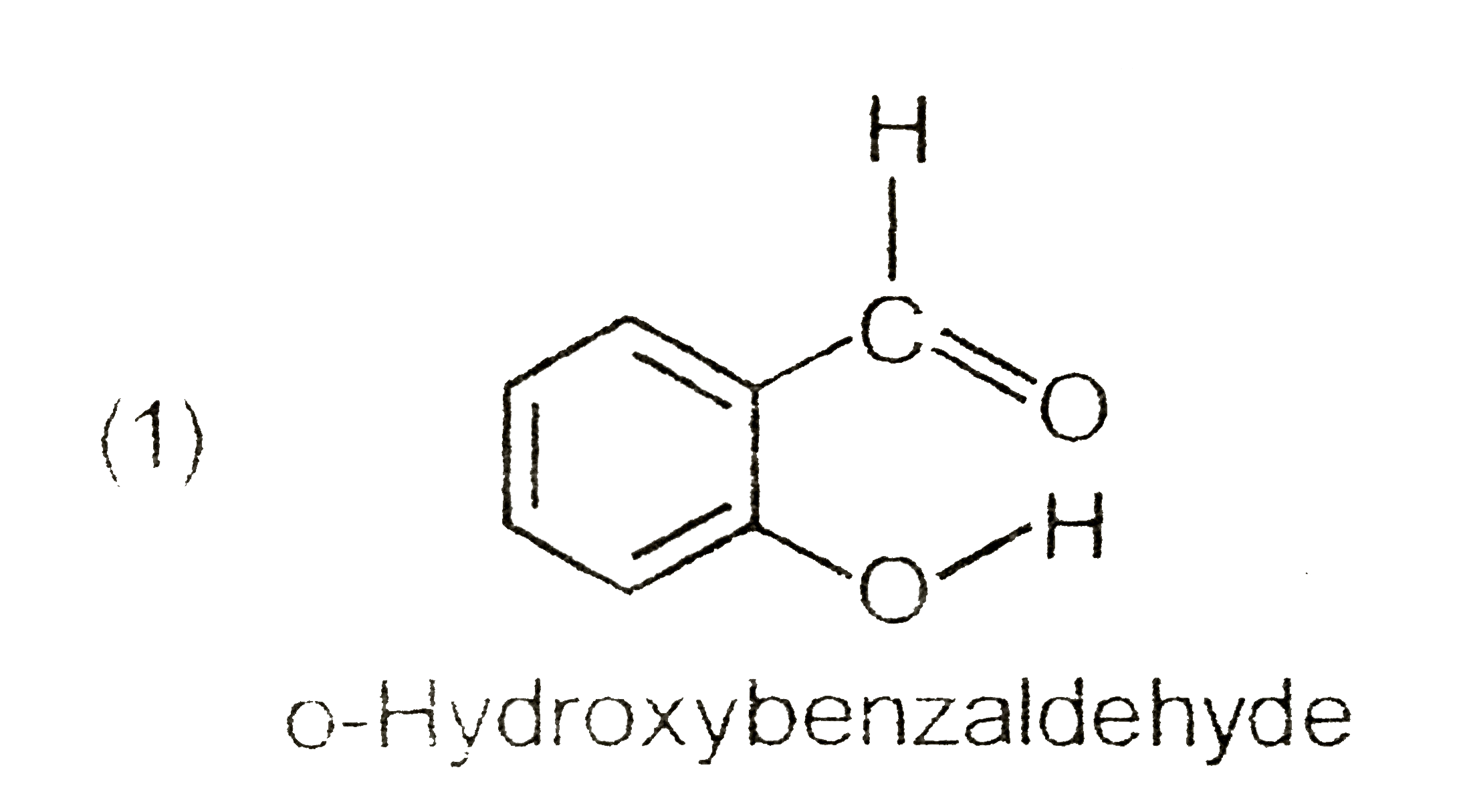
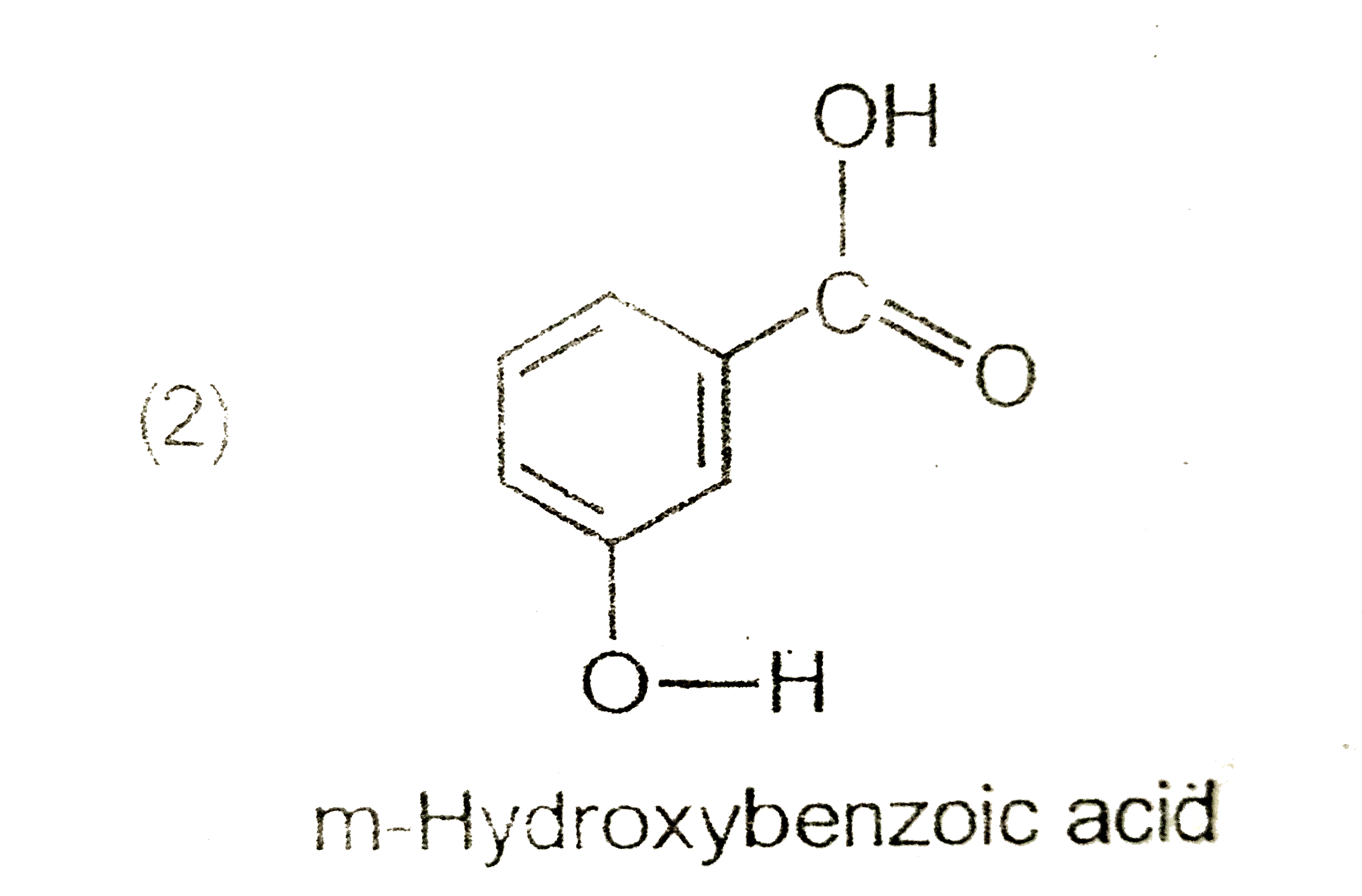
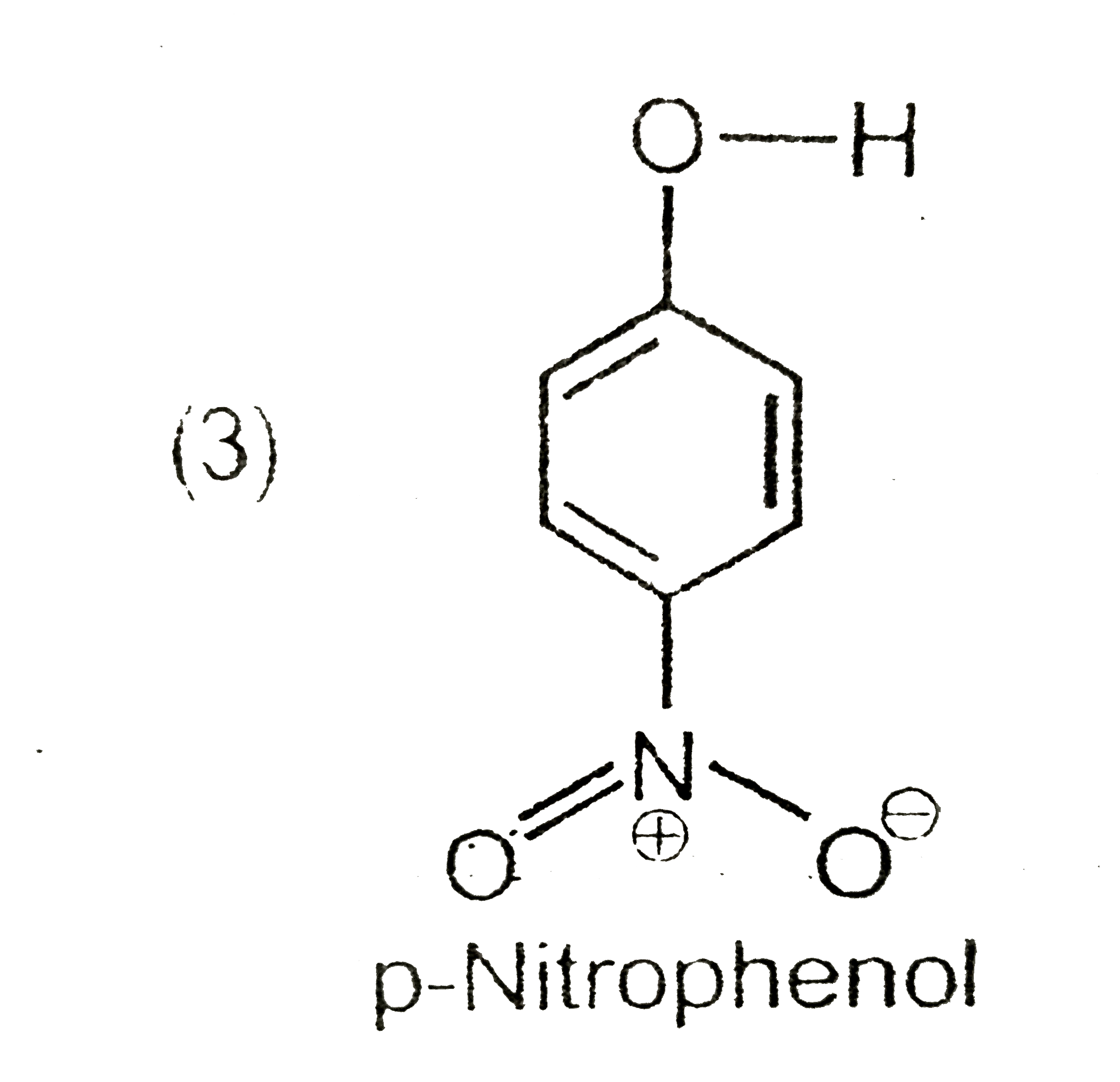
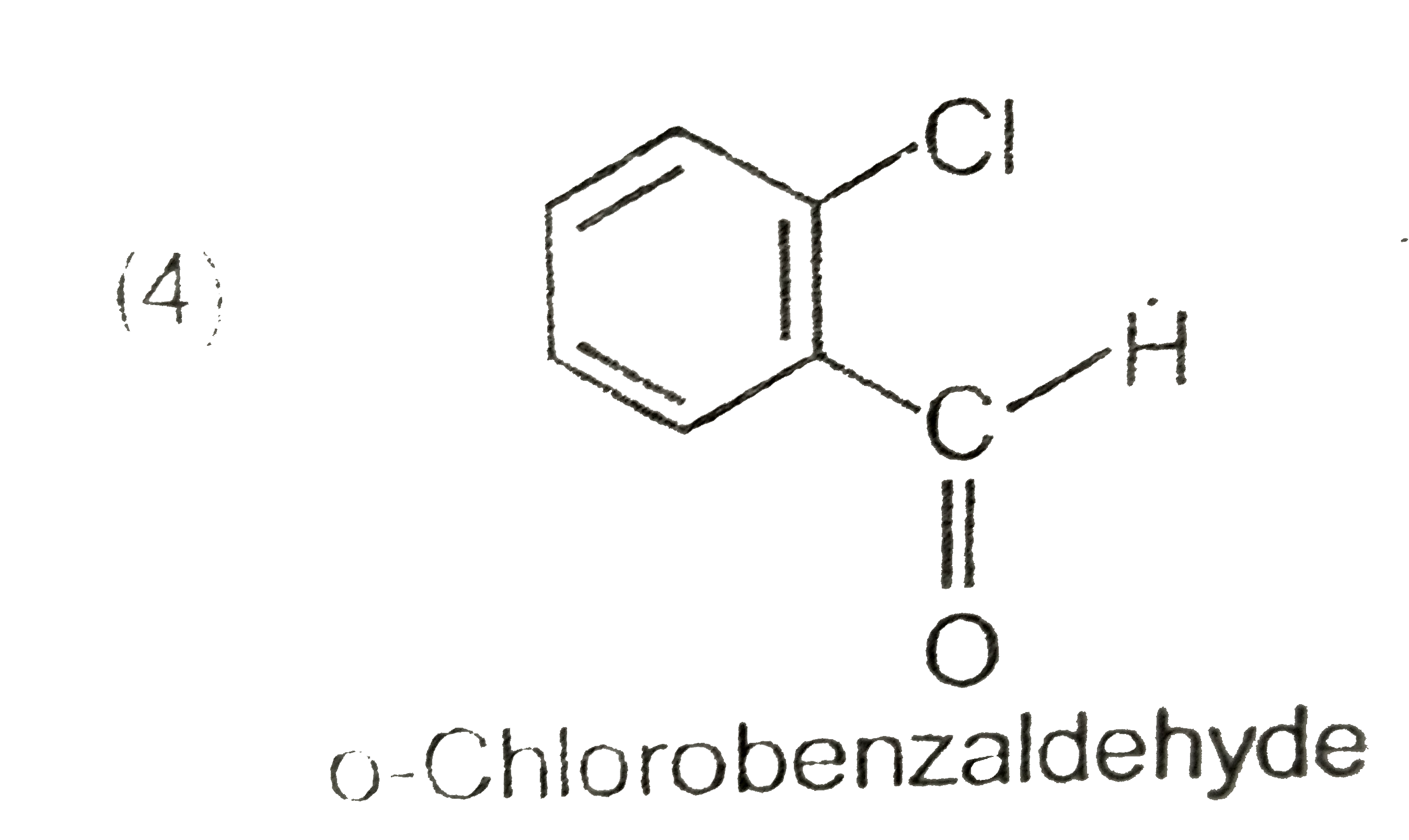
The correct Answer is:A
To determine which of the given species exhibits intramolecular hydrogen bonding, we will analyze each option step by step.
1. Understanding Intramolecular Hydrogen Bonding:
- Intramolecular hydrogen bonding occurs when the hydrogen bond forms within a single molecule. This typically involves a hydrogen atom bonded to an electronegative atom (like oxygen or nitrogen) and another electronegative atom within the same molecule.
2. Analyzing Option 1: Ortho-hydroxybenzaldehyde:
- Structure: The molecule has a hydroxyl group (-OH) and a carbonyl group (C=O) in close proximity (ortho position).
- The hydrogen from the hydroxyl group can form a hydrogen bond with the oxygen of the carbonyl group.
- Conclusion: This molecule exhibits intramolecular hydrogen bonding.
3. Analyzing Option 2: Meta-hydroxybenzoic acid:
- Structure: The hydroxyl group is in the meta position relative to the carboxylic acid group (-COOH).
- The distance between the hydroxyl hydrogen and the carboxylic oxygen is too great for a hydrogen bond to form.
- Conclusion: This molecule does not exhibit intramolecular hydrogen bonding; it may show intermolecular hydrogen bonding.
4. Analyzing Option 3: Para-nitrophenone:
- Structure: The hydroxyl group is in the para position relative to the carbonyl group.
- Similar to option 2, the distance is too large for a hydrogen bond to form within the same molecule.
- Conclusion: This molecule does not exhibit intramolecular hydrogen bonding; it may show intermolecular hydrogen bonding.
5. Analyzing Option 4: Ortho-chlorobenzaldehyde:
- Structure: This molecule has a chlorine atom and a carbonyl group.
- Although the hydroxyl group is not present, the hydrogen bonding typically requires hydrogen to be bonded to electronegative atoms like O, N, or F. Chlorine is not favorable for hydrogen bonding.
- Conclusion: This molecule does not exhibit intramolecular hydrogen bonding.
Final Conclusion:
- The only species that exhibits intramolecular hydrogen bonding is Option 1: Ortho-hydroxybenzaldehyde.
- Intramolecular hydrogen bonding occurs when the hydrogen bond forms within a single molecule. This typically involves a hydrogen atom bonded to an electronegative atom (like oxygen or nitrogen) and another electronegative atom within the same molecule.
- Structure: The molecule has a hydroxyl group (-OH) and a carbonyl group (C=O) in close proximity (ortho position).
- The hydrogen from the hydroxyl group can form a hydrogen bond with the oxygen of the carbonyl group.
- Conclusion: This molecule exhibits intramolecular hydrogen bonding.
- Structure: The hydroxyl group is in the meta position relative to the carboxylic acid group (-COOH).
- The distance between the hydroxyl hydrogen and the carboxylic oxygen is too great for a hydrogen bond to form.
- Conclusion: This molecule does not exhibit intramolecular hydrogen bonding; it may show intermolecular hydrogen bonding.
- Structure: The hydroxyl group is in the para position relative to the carbonyl group.
- Similar to option 2, the distance is too large for a hydrogen bond to form within the same molecule.
- Conclusion: This molecule does not exhibit intramolecular hydrogen bonding; it may show intermolecular hydrogen bonding.
- Structure: This molecule has a chlorine atom and a carbonyl group.
- Although the hydroxyl group is not present, the hydrogen bonding typically requires hydrogen to be bonded to electronegative atoms like O, N, or F. Chlorine is not favorable for hydrogen bonding.
- Conclusion: This molecule does not exhibit intramolecular hydrogen bonding.
- The only species that exhibits intramolecular hydrogen bonding is Option 1: Ortho-hydroxybenzaldehyde.
Topper's Solved these Questions
- CHEMICAL BONDING AND MOLECULAR STRUCTURE Book:AAKASH INSTITUTE ENGLISHChapter:CHEMICAL BONDING AND MOLECULAR STRUCTURE Exercise:Assignment Section - C Objective Type Questions(More than one options are correct )
Explore 13 Videos
- CHEMICAL BONDING AND MOLECULAR STRUCTURE Book:AAKASH INSTITUTE ENGLISHChapter:CHEMICAL BONDING AND MOLECULAR STRUCTURE Exercise:Assignment Section - D (Linked Comprehension Type Questions)
Explore 12 Videos
- CHEMICAL BONDING AND MOLECULAR STRUCTURE Book:AAKASH INSTITUTE ENGLISHChapter:CHEMICAL BONDING AND MOLECULAR STRUCTURE Exercise:Assignment Section -A Objective Type Questions (One option is correct)
Explore 60 Videos
- BIOMOLECULESBook:AAKASH INSTITUTE ENGLISHChapter:BIOMOLECULESExercise:EXERCISE (ASSIGNMENT) SECTION - D Assertion - Reason Type Questions
Explore 5 Videos
- CHEMICAL KINETICSBook:AAKASH INSTITUTE ENGLISHChapter:CHEMICAL KINETICSExercise:ASSIGNMENT (SECTION D : Assertion - Reason Type Questions)
Explore 15 Videos
Similar Questions
Knowledge Check
Which of the following species shows intramolecular hydrogen bonding ? (A)o-Nitrophenol (B)p- Nitrophenol (C)Benzoic acid (D) Ethanol
Ao-NitrophenolBp- NitrophenolCBenzoic acidDEthanol
Which of the following molecules shows intramolecular hydrogen bonding?
View SolutionIntramolecular hydrogen bonding is absent in
View SolutionIntramolecular hydrogen bonding is found in :
View SolutionStructures of molecules of two compounds are given below.
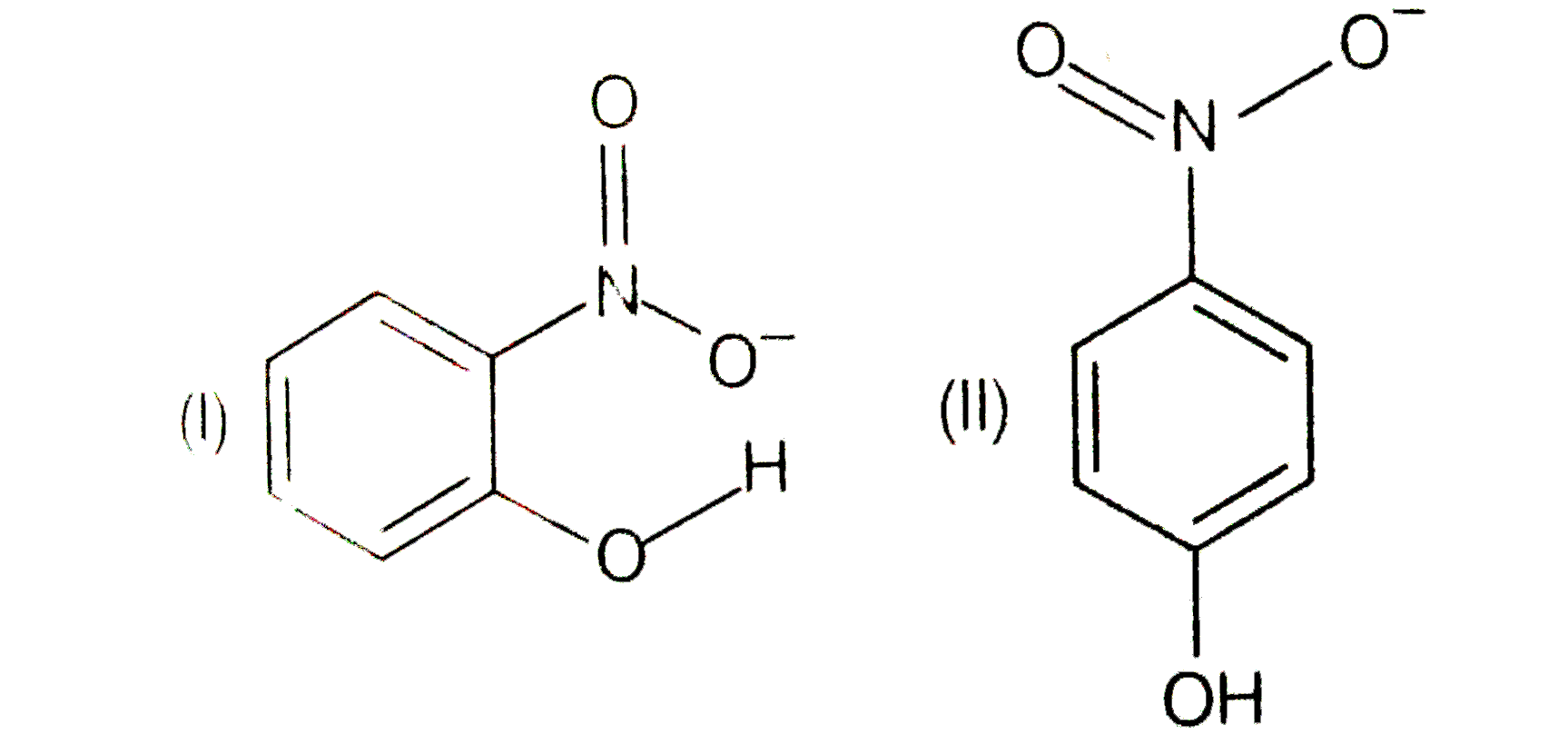
a) Which of the two compounds will have intermolecular hydrogen bonding and which compound is expected to show intramolecular hydrogen bonding?
b) The melting point of compound depends on, among other things, the extent of hydrogen bonding. On this basis explain which of the above two compounds will show higher melting point?
c) Solubility of compounds in water depends on powers to form hydrogen bonds with water. Which of the above compounds will form hydrogen bond with easily and be more stable in it?
View SolutionWhich of the following species has O−O bond?
View SolutionIn which of the following there is intermolecular hydrogen bonding ?
View SolutionIn which of the following there is intermolecular hydrogen bonding ?
View Solution
